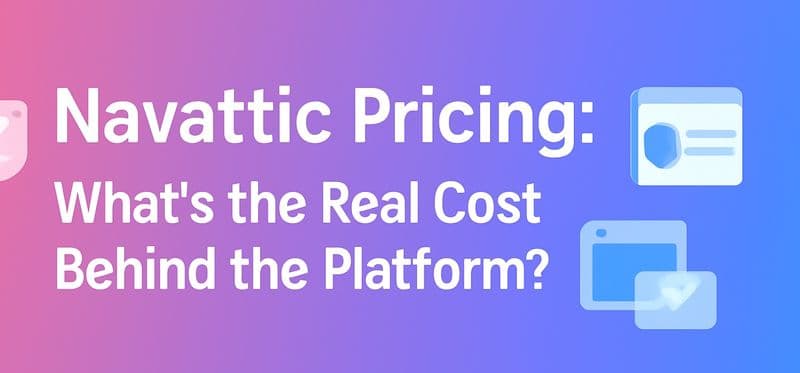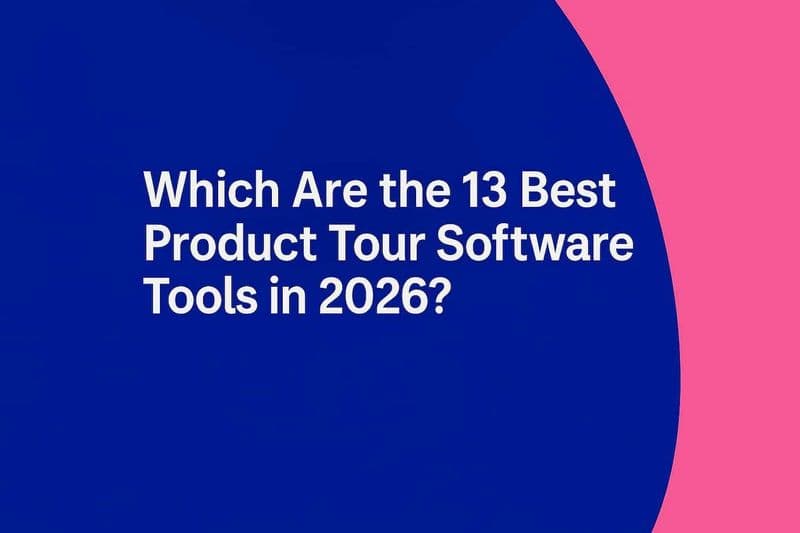
Maximize your SaaS ROI through effective self-service demos. Explore key metrics, data analysis techniques, and strategies for higher conversions.
I know it's not the most environmentally friendly thing to admit, but I love flying. Part of it is the disconnection - no internet, no phone signal, no interruptions, no reasonable way to work… 😁 Part of it is the view, especially on a day flight. And part of it is the luxury of having food and snacks arrive unbidden, as you sit there, watching a movie. I feel spoiled rotten!
I also love the flight map display - you get to track your plane on the map in front of you and it adds a whole other dimension to what you're viewing out of your window. You know where you are, even when miles up in the air! It's extraordinary.
And it always puts me in mind of those explorers of old - battling scurvy and sickness, relying on sextants and stars to mark their positions, and hoping (just hoping!) that there will be land where their fearless leader says there will be. Honestly, I couldn't have done it. And I still can't.
Granted, I don't captain a ship or a plane (God forbid!), but I do helm a startup through the choppy waters that make up the modern SaaS ecosystem. My sextant takes the form of data analytics, and ROI forms my north star.
Of course, ROI is critical to any business, but in the world of SaaS and Product-Led Growth, measuring ROI on my self-service product demos tells me whether my marketing strategies are working, whether my customers are engaged, and whether my sales team is making bank. It's not one magic metric however, but many.
The Nuts and Bolts of Self-Service Demos: Understanding ROI Metrics
To measure the ROI of interactive product demos, I like to focus on those that help me understand their efficacy and impact on the target audience. These metrics include:
Lead Conversion Rate: We measure the number of leads that converted into customers or took a desired action after interacting with the product demo. It is one of the most direct indicators of ROI.
Engagement Metrics: Are they completing it? Which sections do they spend the most time on? This gives us insights into what aspects of the product are resonating with the audience.
User Feedback: I truly enjoy collecting feedback from users who have experienced the demo. This qualitative data offers valuable insights into how the demo is being received and what improvements I can make.
Cost Savings: If the interactive product demo replaces or reduces the need for live demonstrations, we measure the cost savings in terms of time, manpower, and resources. I also take the team out to lunch, and share the love.
Number of Qualified Leads: Tracking the number of high-quality leads generated through the interactive demo, let's the team and I understand which of my demos are most effective at communicating salient information. We learn from these, and try to replicate this success wherever possible.
Dwell Time: How long do users typically spend interacting with your demo? A higher dwell time might indicate that users find the demo engaging or informative.
Return Visits: Are users returning to the demo? This can be an indicator of interest and engagement, and a precursor to conversion.
Sales Cycle Length: Monitoring if the demo has any impact on shortening the sales cycle helps us develop strategies that incorporate self-service demos for all interested parties in a deal. Since we know customers who've seen the demo take less time to make a decision, we try to get demos in front of all of them.
Revenue Increase: This is ultimately what ROI is all about. We like to compare the revenue before and after the implementation of the product demos and see if there's a notable difference.
Upsell and Cross-sell Rates: If the demo is intended for existing customers, we may measure the impact on upsells and cross-sells.
Social Shares & Referrals: We track if users are sharing the demo with others. Our findings help us design marketing strategies that expand the reach of our demos and potentially bring in more leads.
Cutting Through the Noise: Data Analysis Techniques for Self-Service Demo ROI

There is such a thing as analysis paralysis. It's easy to get mired in data, collect too much of it or too little, and not get the insights you're really looking for. This is where data analysis comes in. When you have the right analytics in front of you, it's like having the entire map revealed (gamer reference, this!) and everything makes sense. Suddenly, you know where your marketing efforts should go.
The first aspect to consider here is benchmarking - comparing your data with industry standards or historical data. This enables you to put your demo performance into context, and gives you a starting point to measure from.
Segmentation is another powerful tool. Breaking down your audience into segments based on behavior, demographics, or other criteria helps you measure demo effectiveness in context. Slicing your audience thinly leads to much better personalisation and demo tailoring. For instance, a PLG company may find that smaller businesses prefer shorter, use case specific demos, while enterprise-level clients prefer all in one demos.
Here are a few other ways you can splice your data for better analysis.
Cohort Analysis:Group users based on common characteristics like the source they came from. For example, you can compare how users from social media interact with your demo compared to users from email campaigns.
Trend Analysis:Look at your data over time to identify any trends. This will allow you to determine if there’s a particular period when your demo performs better.
Conversion Funnel Analysis:Map out the customer journey from landing on the demo to making a purchase. Identify any stages where users drop off and try to figure out why.
Elevating Your Self-Service Demos: Proven Optimization Techniques for Greater ROI
Ultimately, that's why we did all this analysis in the first place. Once you know what's working and what isn't for specific groups, identify what actions you want to take and club them into three areas:
Improve User Experience: These are global improvements - you might find that certain UI elements aren't working well, oraren't working well on mobile. You might also come across qualitative feedback that outlines areas that users struggle with. Anything that takes users' attention away from the message you want them to receive is a distraction. It has to go.
Tailor Content: This is specific to your audiences. This is where the 'Show Me You Know Me' ethos comes into play. If users aren't resonating with the demo, you might have to go as far back as your segmentation to see if you've defined your audience and calibrated the message correctly.
Test and Iterate: Never stop testing. Lean on your communities, and your friendly users for qualitative feedback and get usage data for the rest. A/B test and optimize your self-service demos, the content you cover, and the marketing strategy. There's always room for improvement, and A/B testing gets you there incrementally, and with minimal waste.
Conclusion
Measuring and optimizing the ROI of your interactive product demos is a lot like how pilots course correct mid-flight. You may be doing everything right, and yet be blown off course. It happens. Customer preferences change, sometimes overnight. Disruptions happen. Someone else does something truly clutter breaking.
Or maybe you do. And now you need to reconfigure everything else to work with the new paradigm. It's a great problem to have. A bad problem to have is when you've been taken by surprise. Or worse, when things have been dropping off so gradually that you haven't noticed.
This, unfortunately, is where the real world analogies end. Back in the age of exploration, the world was strangely abundant. Christopher Columbus could sail off in the wrong direction for India and 'discover' America. The choppy seas of SaaS may not be as serendipitous.


